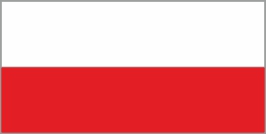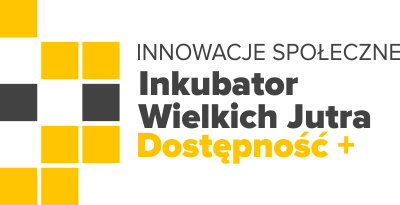FAQ
Frequently Asked Questions
The project „The Incubator of Social Innovations of the Greatest of Tomorrow Accessibility +” is implemented based on the agreement concluded in Warsaw on February 8, 2024, between DGA S.A. and the Ministry of Development Funds and Regional Policy. The agreement concerns financing of a grant project under the European Social Fund 2021-2027 programme. The project is co-financed from ESF + funds and is related to the topic of accessibility. This means that the innovations implemented will concern the broadly understood accessibility for people with special needs and contribute to the achievement of all specific objectives of the ESF+.
The project implementer is DGA S.A. based in Poznań, ul. Towarowa 37 (postal code: 61-896). More about DGA.
By phone: 505 820 079 or by e-mail: biuro@inkubatorwielkichjutra.pl.
You can also use the contact form available on our website
So far, we have implemented 100 innovations, and our experts will assist you at every stage. Together, we can make a difference. Your idea has the chance to turn into an innovation that can help many people. We encourage you to watch videos with explanations from innovators participating in previous editions of the incubator. Also, take a look at the ’About Us’ section.”
From January 1, 2024 to December 31, 2028
All over Poland.
You can receive funding for an innovative tool, solution, or service that addresses the issues related to the lack of sufficient and broadly understood accessibility for people with special needs. This concerns both the lack of universal design of infrastructure and access to products and services for people with special needs. Take a look at the sections ’Who can you create innovation for?’ and ’What solutions are we looking for?'”
The financial support is 100%, so own contribution is not required.
No, you can apply for the maximum amout of PLN 100.000.
Yes, we offer, among other things: expert support (assistance from an innovation guardian and an accessibility expert), as well as coaching/mentoring and specialised advisory services.
Incubators could choose one of four topics under which they will provide funding for innovations. These topics include: employment, education, social inclusion, and accessibility. Our incubator provides funding for innovations in the field of accessibility. Therefore, innovations should address broadly understood accessibility for people with special needs and contribute to the achievement of all specific objectives of the ESF+.
We write about what the specific objectives of the ESF+ are on our website in the section „What are the specific objectives of the ESF+”
I'm not fully familiar with accessibility standards, does this exclude me from applying for a grant?
Not at all. You can definitely submit an application with your idea. We offer support at every stage – during individual consultations, workshops, and webinars. Our expert will assist you in creating specifications. Our innovation guardian/accessibility expert in turn will accompany you during the process of preparation, testing, and refining the innovation. They will continuously monitor the innovation’s compliance with accessibility guidelines.
Anyone can apply for support, both individuals (who can also join informal groups) and entities with an idea for a social innovation addressing the issues related to the lack of accessibility for people with special needs. You can find more information on this topic in the ’Who are we looking for?’ section and in the regulations.
Unfortunately, you cannot pursue an idea that you have previously submitted to another incubator. The verification of this will occur, among other things, based on the list of innovations found in the database on the website www.innowacjespoleczne.pl.
You can apply for funding for your idea in several incubators, but you can only sign a grant agreement with one of them.
You can submit multiple innovations to one incubator, but you will only implement two during the project period, i.e. until December 31, 2028.
You can also send a paper version of the application form to the project office address: DGA S.A. ul. Towarowa 37, 61-896 Poznań with the note ” The Incubator of Social Innovations of the Greatest of Tomorrow Accessibility +”. If you submit the form online, you don’t need to send the document by traditional mail.
Look at the „obtain a grant” section.
To submit an innovation, you fill out two recruitment documents: a preliminary application form and a full application form.
Step one: you fill out the preliminary application form and submit it for a two-stage evaluation.
Step two (in case of a positive formal evaluation): you fill out the full application form and submit it for substantive evaluation.
The project’s target group consists of both the recipients of the innovation and the users of the innovation.
The recipients of the innovation are individuals who receive the support. These are people with special needs, including people with disabilities.
The users of the innovation are individuals/entities who can utilise the innovations to help the recipients e.g. by implementing the innovations into their practices or organizations. For example, these can be individuals and institutions that assist people with disabilities, elderly individuals with limited mobility or perception, as well as therapists, psychologists, educators, social welfare centers, community care institutions, nursing homes, foundations, etc.
In the preliminary application form stage, we require you to specify who in the target group of the innovation is, divided into recipients and users. The description should be brief. It must include: characteristics of both groups, the problems they face daily that the need for innovation stems from, as well as arguments confirming how the group will benefit from the implementation of the idea.
In the full application form, the description must be much more elaborate. There should still be a division into recipients and users. As for the recipient group, we require a description of the group for whom the innovation is being created, including data on their main characteristics, needs, and problems they face in daily life (including barriers).
Also, remember to present the size of the group and the scale of the problem both quantitatively and qualitatively (how many people in the scope of this project and how many in the country as a whole). Write also about the benefits of introducing the innovation into the mainstream and policy.
As for the group of users, the description should include data on their main characteristics and needs. Present the size of the group and the benefits of introducing the innovation into the social support system.
Of course. You will find the contract template on the website www.inkubatorwielkichjutra.pl in the regulations.
Yes, we are planning mandatory workshops for individuals who submit applications and receive a positive formal evaluation. It will be an opportunity to verify assumptions, clarify ideas, and the scope of innovation. We want to prepare you to correctly fill out the full application form. Also, remember that at any time, even before submitting the form, you can contact us and consult.
Please call the project office at: +48 505 820 079 or email us at this address: biuro@inkubatorwielkichjutra.pl. You can also use the contact form on our website.
The criteria vary depending on the stage of evaluation. You can find all the criteria for both formal and substantive evaluation in the regulations, in the procedures of the grant project.
The formal evaluation consists of two stages. Stage one: first formal evaluation and Stage two: second formal evaluation. Both stages are assessed based on the same document, which is the preliminary application form.
Based on the preliminary application form, experts assess whether the submitted idea meets the criteria of innovation, universality, and whether there are no statutory, legal, and/or organizational limitations in the implementation of the idea.
In the preliminary application form, you must describe why your solution is innovative. Based on these arguments, the evaluators will determine if your idea is innovative. We encourage you to familiarize yourself with the content of the sections: ’What is innovation’ and ’What solutions are we looking for?’
During each of the evaluation stages (the second and third stages), innovation is assessed in a different way and scored differently.
Stage two is the second formal evaluation. The evaluator reads the content of the preliminary form and assesses whether the idea meets the criterion of innovation. If it does, 1 point is awarded; if not, 0 points are awarded. If your idea does not receive a point, it will not proceed to Stage three.
Stage three is the substantive evaluation. The expert assesses the degree of innovation of the idea by reading the full application form. At this stage, you can receive from 0 to 20 points. The more innovative the solution is, the more points you will receive in the evaluation.
Within the criterion of universality, the expert analyses whether there is a chance to apply a given idea in another problematic area and/or in another place and/or time.
During each of the evaluation stages (the second and third stage), universality is assessed in a different way and scored differently.
Stage two is the second formal evaluation. The evaluator reads the content of the preliminary application form and assesses whether the idea meets the criterion of universality. If it does, 1 point is awarded; if not, 0 points are awarded. If your idea does not receive a point, it will not proceed to Stage three.
Stage three is the substantive evaluation. The expert assesses the degree of universality of the idea by reading the full application form. At this stage, you can receive from 0 to 20 points. The more universal the solution is, the more points you will receive in the evaluation.
In order to receive a positive evaluation, your idea must not be subject to statutory, legal, and/or organizational limitations (e.g., regarding a specific target group). Your innovation should be tailored to the individual needs of the recipient. The aim is for the solution to be accepted by the individuals it is created (or modified) for. Meeting this criterion is necessary if you want your innovation to be widely adopted.
We select such innovations based on the results of our evaluation process. More information about the evaluation process can be found in the regulations, in the chapter titled 'Evaluation and selection of innovations for scaling.”
Under the grant agreement, the innovator is obligated to transfer the copyright to the developed social innovation. This includes the exclusive right to grant licenses for the exercise of related copyright. More information on this topic can be found in the regulations, in the chapter titled 'Copyright in grant project procedures”.
The Ministry of Development Funds and Regional Policy will provide implemented innovations under an open license of the 'Creative Commons’ type (’CC’). This simply means open access to innovations.
No, grants are exempt from income tax, both personal income tax (PIT) and corporate income tax (CIT).
Expenditures under the grant may include value-added tax (VAT) costs. You declare whether the amounts indicated in the detailed budget include/do not include VAT.
If you are an active VAT payer and do not conduct VAT-exempt activities, you must provide justification for the lack of legal possibility to deduct VAT or create a budget in net amounts and cover VAT on your own.
If you are not an active VAT payer, you create the budget in gross amounts, and VAT is considered an eligible expense.
Your VAT taxpayer status is verified based on your declaration.


